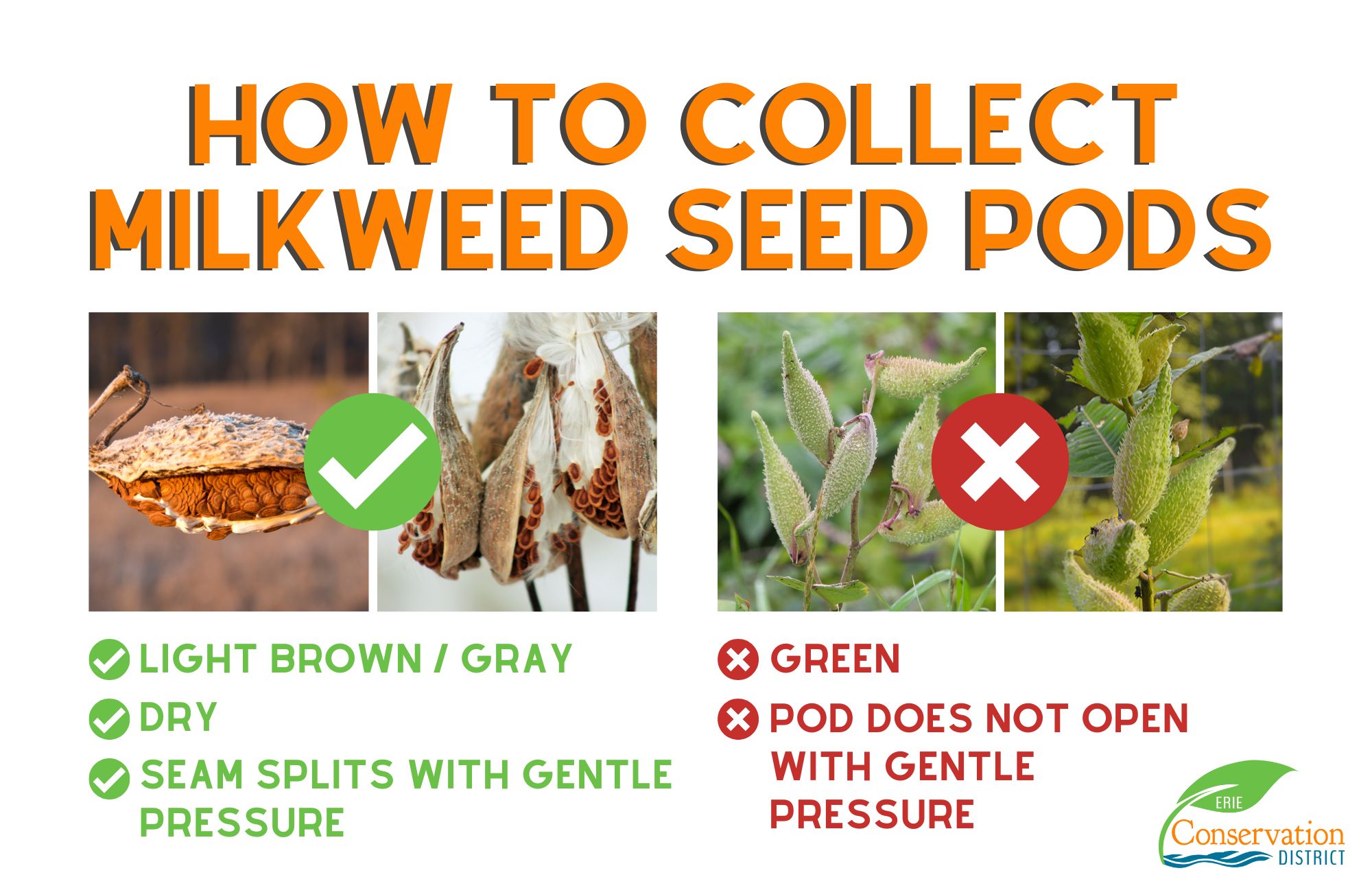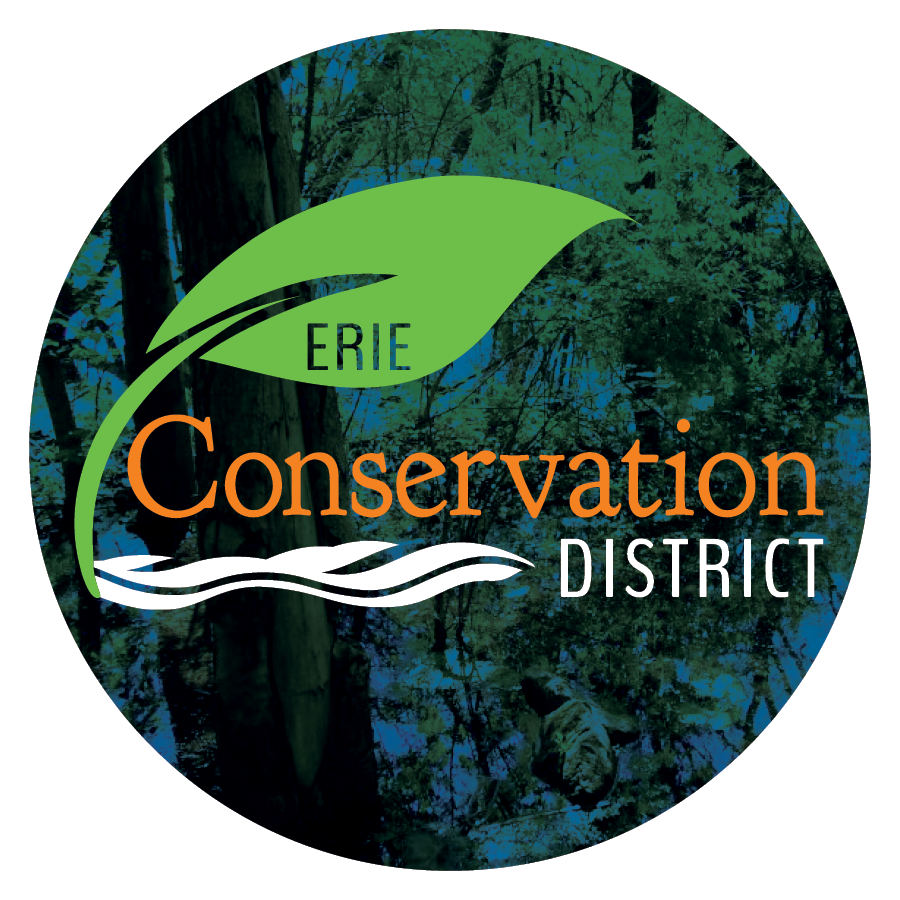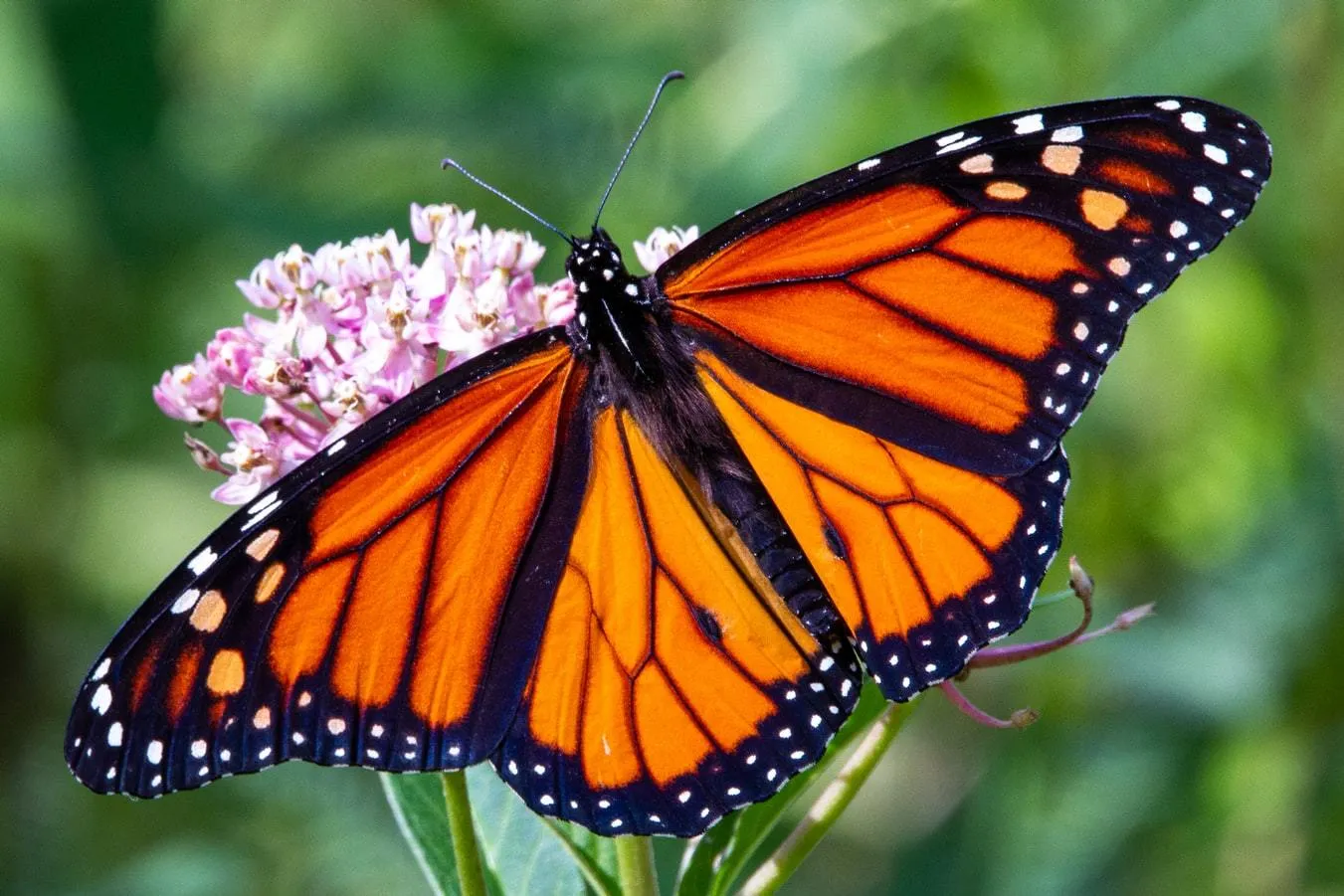
Thank you for taking an interest in our annual Milkweed Pod Collection! Every year, we collect Common Milkweed (Asclepias syriaca) pods, then redistribute the seeds across Ohio.
| Bring your milkweed seed pods to the Erie County Service Center (North of the Erie County Fair Grounds), 2900 Columbus Ave., Sandusky. There is a large green bin located outside the Main Entrance, labeled “Milkweed Seed Pods.” Please reach out if you have any questions, (419) 626 – 5211 or ErieConserves@eriecounty.oh.gov. | 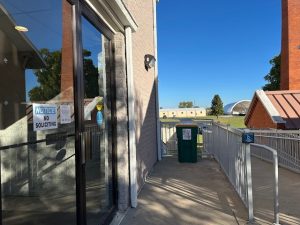 |
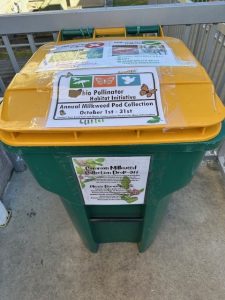 |
Why Milkweed? Asclepias are the main host plant to the Monarch Butterfly (Danaus plexippus). They visit Ohio during the summer months. Monarch caterpillars favor new milkweed growth and eat about 17 leaves on average. After their first instar, they search for new leaves across plants (Fisher et al., 2020). The adult females know this and will instinctively lay their eggs on freshly sprouted milkweed plants (Fischer et al., 2015). Collecting and planting common milkweed seeds help support their habitat across the state.
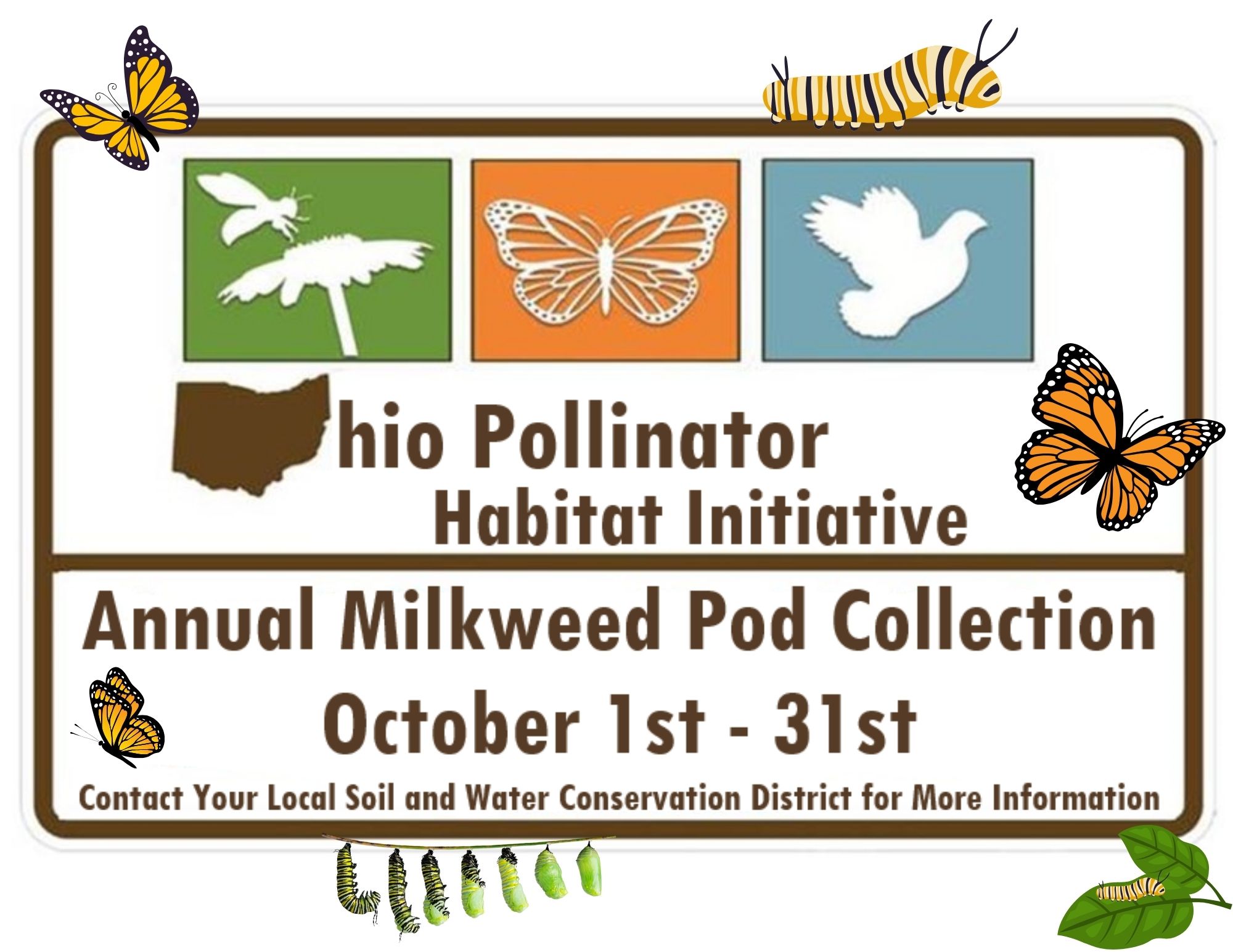
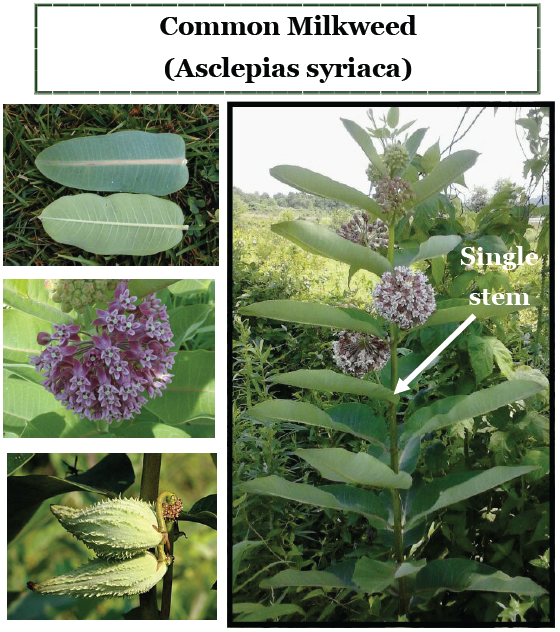
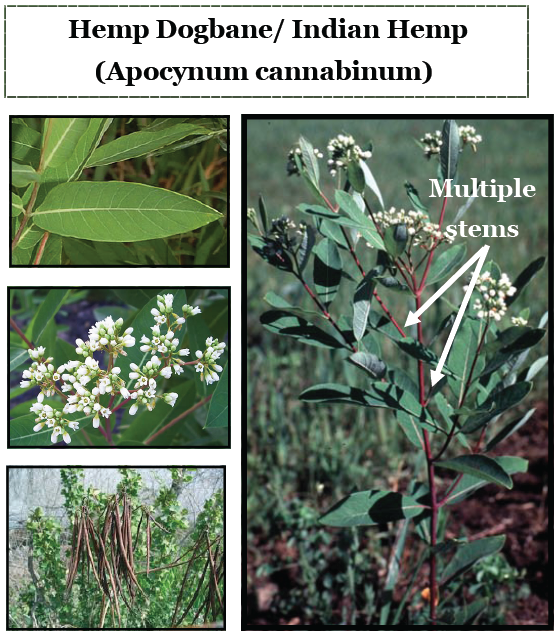
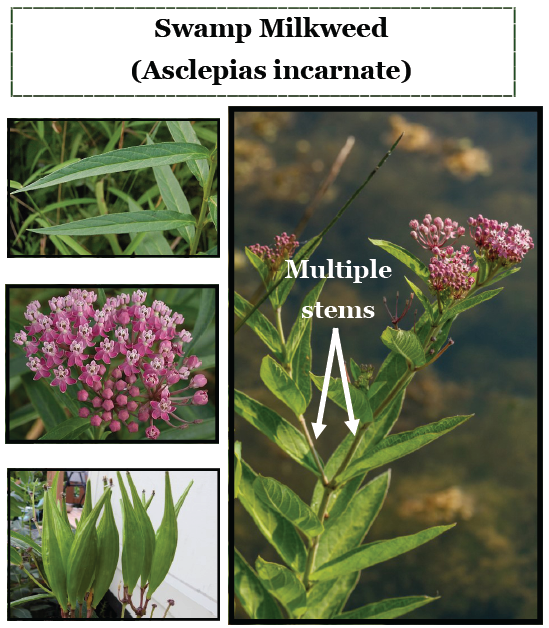
THIS IS THE ONE TO COLLECT!
Common Milkweed (Asclepias syriaca)
Leaves: Broad, large, and oval-shaped with rounded tips. They have a soft, fuzzy texture, especially on the underside.
Stems: Thick, green, and sturdy. The plant typically grows as a single, unbranched stem, unless it is mowed. The stem is hollow.
Flowers: Large, dense, globe-like clusters (umbels) of pink to purplish flowers. The flowers are showy and have a strong, sweet fragrance.
Seed Pods: Large, upright, and teardrop-shaped with soft, spiky protrusions.
THIS IS THE ONE TO COLLECT!
Hemp Dogbane (Apocynum cannabinum)
Leaves: Smooth, waxy, and lance-shaped, similar to swamp milkweed. The texture is often described as “squeaky” when rubbed.
Stems: Thinner and more slender than common milkweed, often with a reddish or purplish tint, especially on younger stems and branches. The stem is solid.
Flowers: Small, less showy clusters of tiny greenish-white or yellowish, bell-shaped flowers at the top of the stems and side branches.
Seed Pods: Long, narrow, and bean-like, and they hang downward in pairs.
Swamp Milkweed (Asclepias incarnata)
Leaves: Narrower, lance-shaped, and pointed at the tips. They are hairless (glabrous) and smaller than common milkweed leaves.
Stems: Slender, light green, and smooth, though they may branch near the top. They grow in clumps from a central root crown.
Flowers: Smaller, more compact clusters of pink to reddish-purple flowers that appear at the top of the stems. A white-flowered variety, ‘Ice Ballet’, is also available.
Seed Pods: Long, slender, and smooth.
